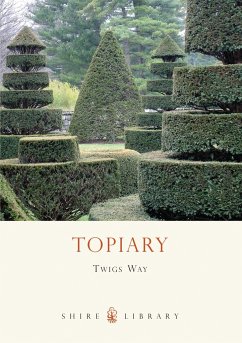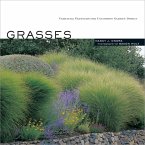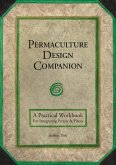Topiary, the art of creating sculpture in clipped plants, originated with the Romans and experienced periods of popularity during the Renaissance and Jacobean eras. However, as the fervour for 'natural' landscapes swept through Europe in the eighteenth century, fashion mocked the few gardeners who continued to clip, and in 1890 William Robinson claimed that 'a man with shears in his hands is doing fool's work'. But as 'ye old Englishe garden' found favour again, so the chess pieces, crowns and artful peacocks broke cover. Today, topiary has seen a revival, and amateurs in the art can purchase 'preformed' rabbits and deer to graze suburban lawns.
Hinweis: Dieser Artikel kann nur an eine deutsche Lieferadresse ausgeliefert werden.
Hinweis: Dieser Artikel kann nur an eine deutsche Lieferadresse ausgeliefert werden.








